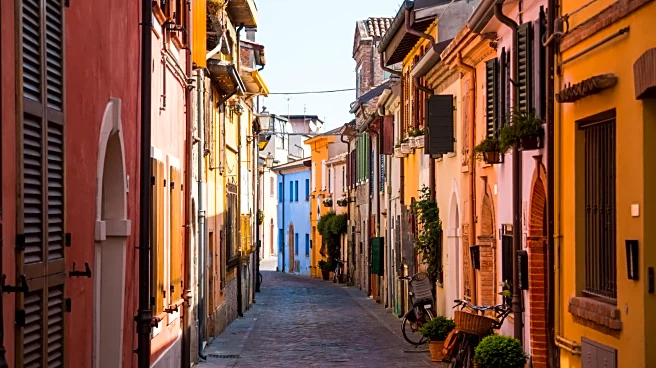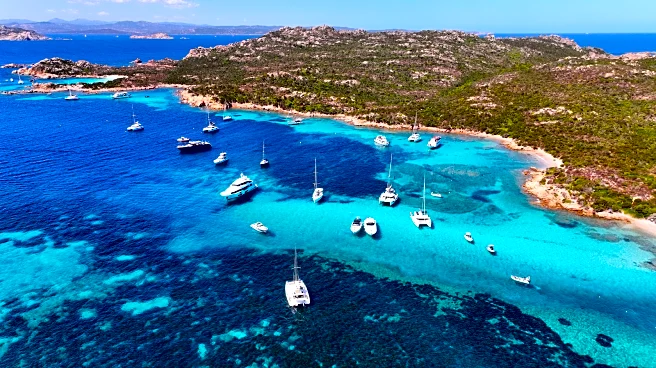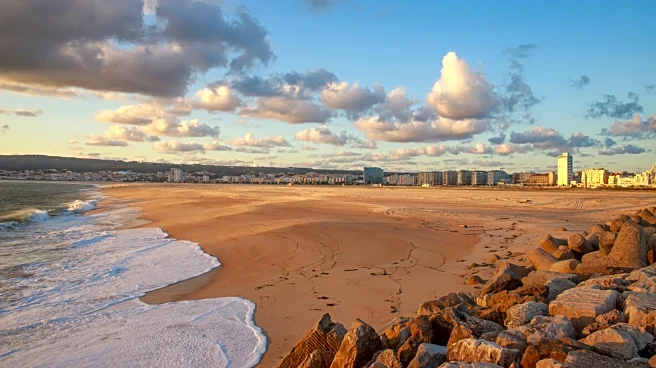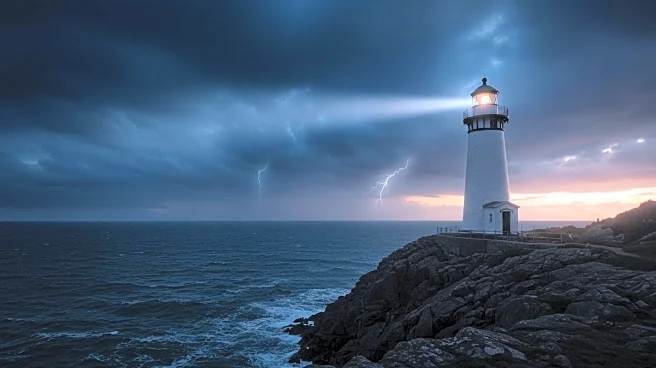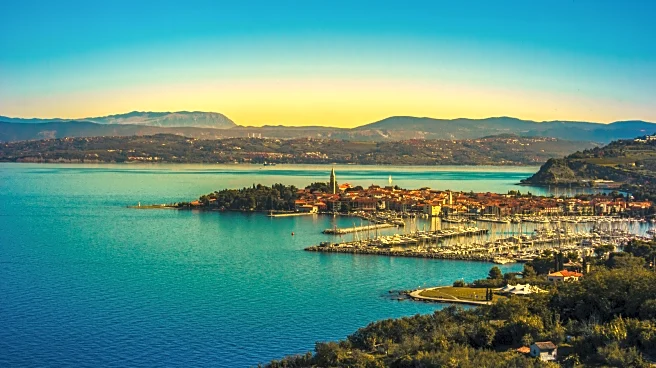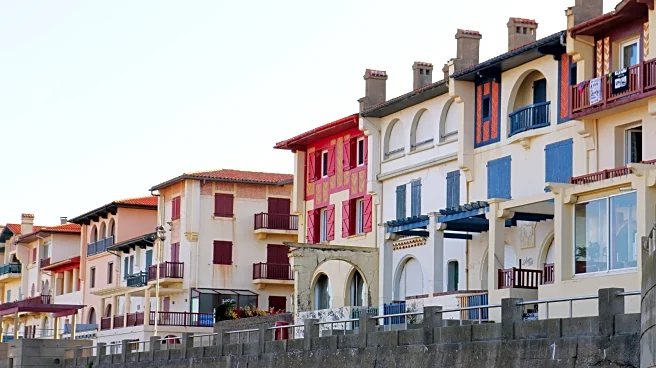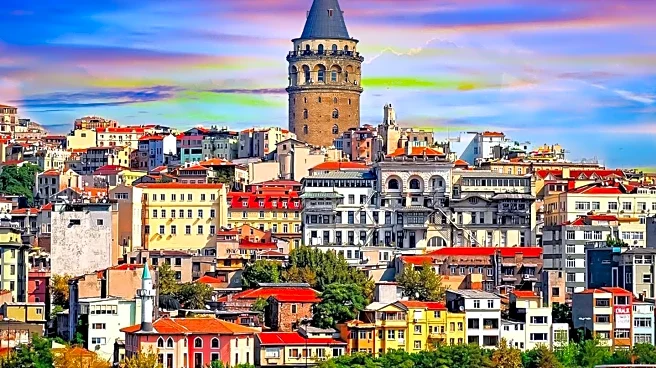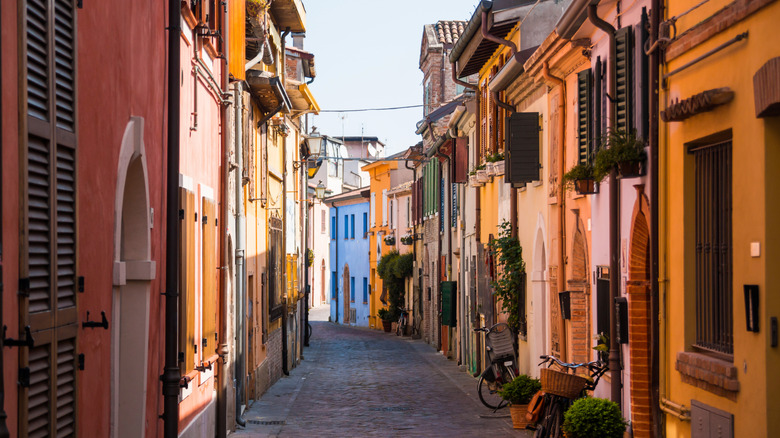
If asked which city in Italy is the most overcrowded with tourists, you may likely guess Venice, and you'd be almost correct. While Venice places second for overall tourism overkill, it didn't earn the top spot. That honor goes to a city not commonly on the American traveler's Italian vacation itinerary. According to a study by Demoskopika Institute (via ANSA), Italy's most touristed destination is a historic city on the Adriatic that's the birthplace of Italy's most iconic film director, Federico
Fellini. It's located 89 miles from Bologna in Emilia-Romagna, the province that gave us Parmesan cheese and balsamic vinegar. Widely recognized as one of Italy's party capitals, Rimini is the Italian city most negatively impacted by throngs of visitors.
Over 16 million overnight stays are recorded annually in Rimini, with a tourism density of 17,000 per square kilometer. The city also holds the record for tourism-related urban waste production per capita — not really the notoriety a city wants. In terms of the ratio of the number of tourists to residents, Bolzano and Venice surpass Rimini, which suggests that Rimini is a hotspot for Italians but perhaps less so with international visitors.
While its overtourism problem has the potential to impact its sustainability over time, Rimini still has a lot to offer visitors. From its Roman ruins, wild beach parties, and famously warm hospitality, Rimini is well worth a visit if you come at the right time and know what to expect. (But if you want the charm, minus the crowds, stick to these off-the-radar Italian towns.
Read more: Secret US Beach Towns That Rival The Caribbean
From Roman Ruins To The Renaissance
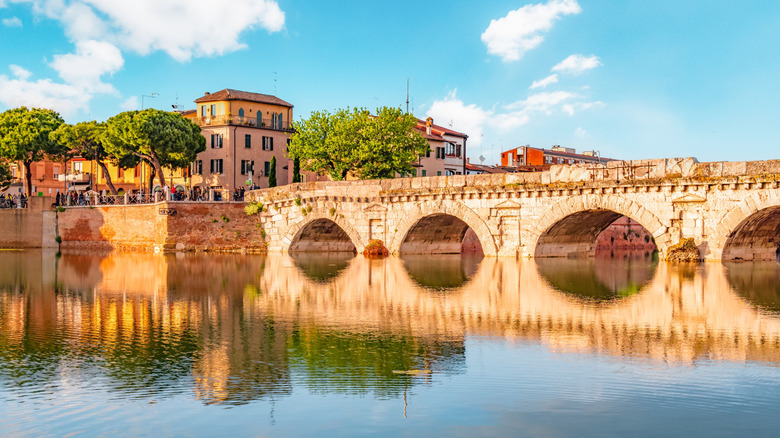
Three main Roman archaeological sites highlight the grandeur of ancient Rome. Built in 27 BC, the Arch of Augustus honors Rome's first emperor. The oldest of its kind in northern Italy, the ornate monument depicting Roman deities was once part of the city walls. Next, the second-century Rimini Roman Amphitheater is the only one of its kind in the region. It would have held more than 10,000 spectators in its heyday. It should be noted that the amphitheater is not open to the public, though tours may be arranged through the Rimini City Museum. The last of the ancient triad is the Bridge of Tiberius (Ponte di Tiberio) over the Marecchia River. Considered one of the most impressive Roman bridges, it is best viewed from the Square on the Water (PIazza sull' Acqua), an ingenious floating walkway that allows for a panoramic vista.
Moving from antiquity to the Middle Ages and Renaissance, Piazza Tre Martiri is where ancient cobblestone streets lead to 16th-century structures like the clock tower overlooking the city, which displays the zodiac and lunar phases. Piazza Cavour is the vibrant center square with a fountain that is said to have impressed even Leonardo da Vinci. Here you can stroll among the Old Fish Market, the municipal theater, the 13th-century Palazzo dell'Arengo, the 14th-century Palazzo del Podestà, and the magnificent Castel Sismondo, which houses the Fellini Museum.
You won't want to miss the colorful Borga San Giuliano: a vibrant neighborhood that's a former fishing village with Fellini-inspired murals plus lively cafes ideal for people watching. Return to antiquity at the Surgeon's Domus, a remarkably well-preserved archeological gem with Roman mosaics, and the 15th-century Tempio Malatestiano (now the Cathedral of Rimini), a testament to the majesty of the Italian Renaissance.
Non-Stop Beach Action In Rimini
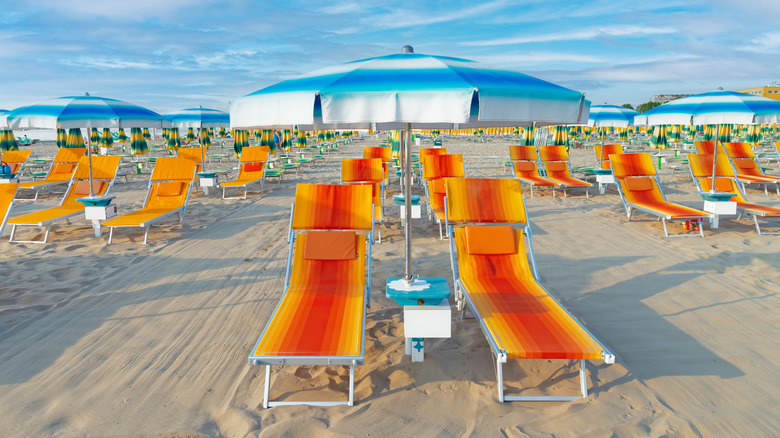
Nicknamed Riviera Romagnola, Rimini has well earned its beach party reputation. With nine miles of wide sand beach and shallow water along the Adriatic, Rimini's beach scene has something for all ages but is especially popular with young people. Dotted with colorful rows of lounge chairs and umbrellas, Rimini's beaches are divided into zones with distinct personalities and amenities. Some have an entrance fee to use the beach and facilities, and many feature a restaurant, hot tubs, kids' areas, an outdoor gym, and yoga. Free beaches have a lifeguard and restrooms, plus space to spread a towel on the sand. Games, competitions, sports, tournaments, and even handicraft making are seen anytime and anywhere.
The promenade along the beach is packed with bars, restaurants, and clubs, many of which are quite elaborate. Baia Imperiale is modeled after a Roman palace with columns, thrones, and pools. Villa delle Rose takes a lower-key approach with dinner shows and events. Many of the clubs host international DJs and guest entertainers. The largest venue for special events is Rimini Beach Arena, which hosts concerts and festivals throughout the summer. For a more intimate beachfront setting, Turquoise Beach Club offers nightly DJ sets under the stars, while Coconuts is an indoor-outdoor venue with canopied seating areas, craft cocktails, and a calendar of live entertainment.
Families are not forgotten in Rimini, such as at Boa Bay, which has adrenaline-pumping slides, trampolines, and a mock iceberg. Eccentric types have their moments in Rimini, too, with special events like the annual Cartoon Club, a gigantic comics and animation festival that attracts enthusiasts from all parts of Europe and the globe.
Ready to discover more hidden gems and expert travel tips? Subscribe to our free newsletter for access to the world's best-kept travel secrets.
Read the original article on Islands.
